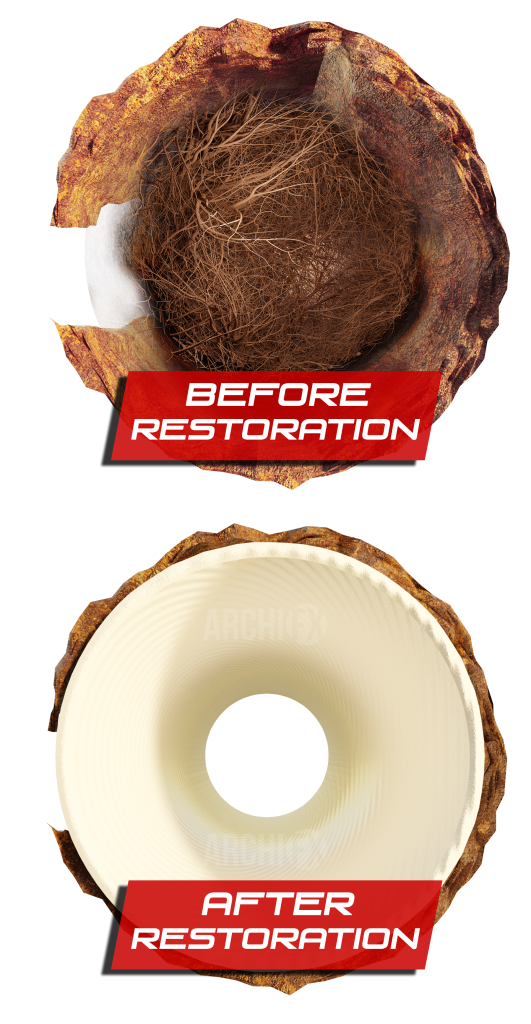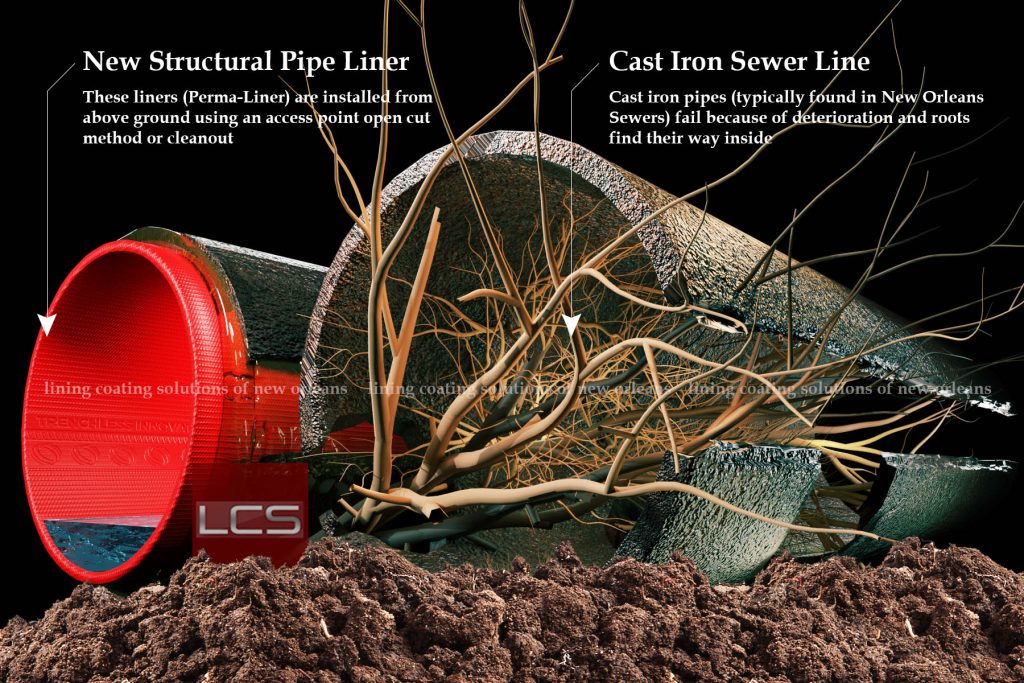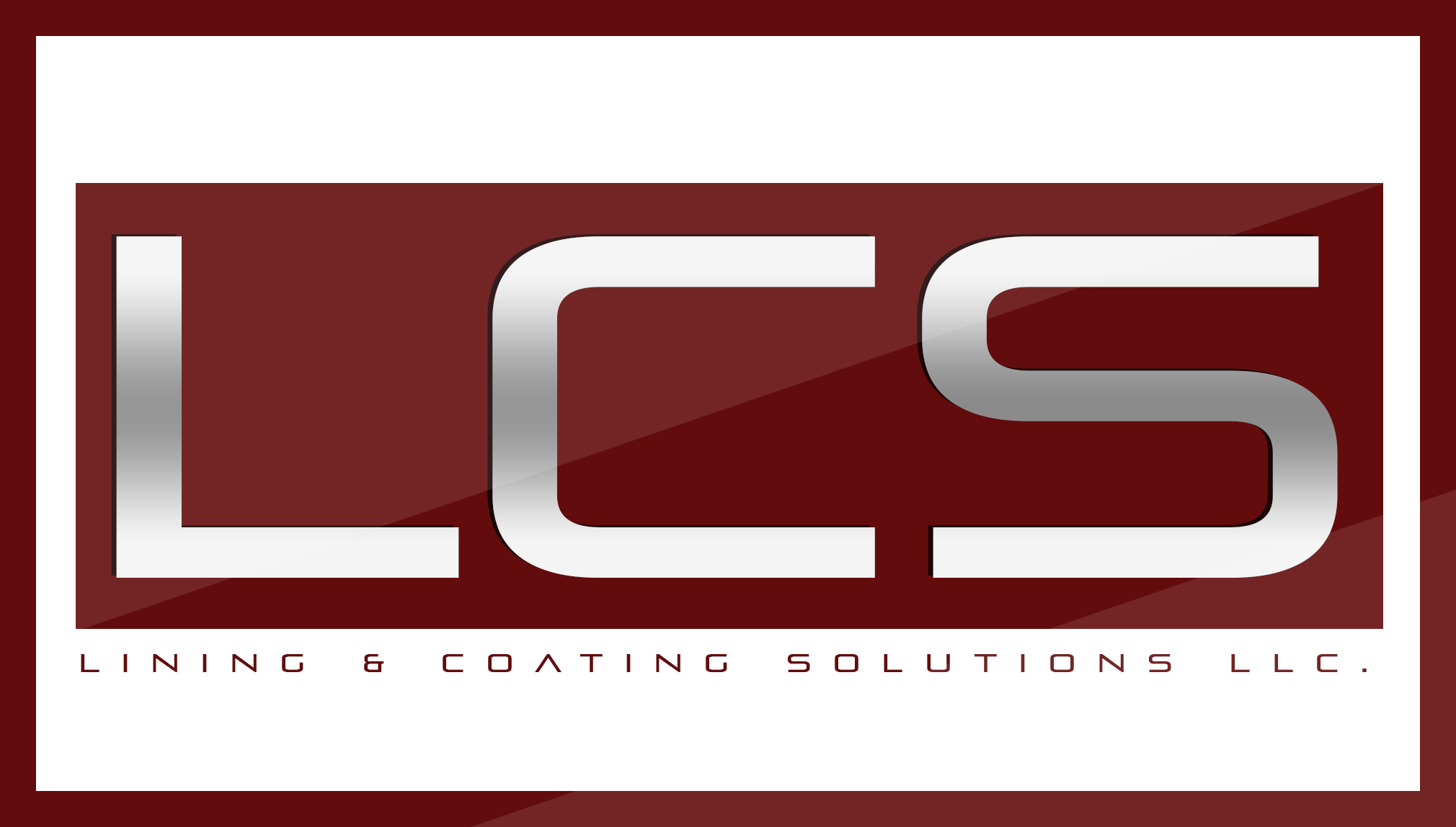Comprehensive Guide to Cast Iron Pipe Repair in New Orleans
New Orleans, with its rich history and architectural heritage, is home to many buildings equipped with cast iron pipes. These pipes, once the standard for durability, are now often subject to corrosion, leaks, and breaks due to age and the city’s unique environmental challenges. This guide provides an in-depth look at cast iron pipe repair across major areas in New Orleans, emphasizing the need for specialized solutions that address the specific requirements of each district.

Understanding Cast Iron Pipe Issues in New Orleans
Cast iron pipes, installed in many New Orleans properties from the late 19th to the mid-20th century, are prone to a range of issues:
- Corrosion: The humid climate and high water table contribute to accelerated corrosion, leading to pipe degradation.
- Scaling: Mineral deposits can build up inside pipes, reducing water flow and leading to blockages.
- Cracks and Breaks: Ground movement, common in areas like the French Quarter and Garden District, can cause pipes to crack or break.
New Orleans Areas and Their Pipe Repair Needs
French Quarter
The historic heart of the city, the French Quarter’s plumbing is as old and intricate as its streets. Repair solutions here require minimal disruption to both the historic buildings and the bustling tourist activity. Trenchless repair methods, such as cured-in-place pipe (CIPP) lining, are ideal, allowing repairs without digging up the antique cobblestone streets.
Garden District
Characterized by its grand mansions and lush gardens, the Garden District requires a repair approach that preserves its aesthetic integrity. Techniques like pipe bursting and slip lining, which are less invasive and preserve the landscape, are preferred for replacing or repairing aged cast iron pipes.
Central Business District (CBD)
The CBD’s high-density commercial and residential buildings demand quick, efficient repair solutions that minimize business interruption. Epoxy pipe lining, offering a fast cure time, is suitable for this area, ensuring businesses and residents experience minimal downtime.
Mid-City and Tremé
These diverse neighborhoods, known for their residential communities and cultural significance, need cost-effective and durable pipe repair solutions. Sectional point repair, which targets specific areas of damage, can be particularly useful here, avoiding the need for full-scale pipe replacement.
Uptown and University Area
Home to Tulane and Loyola Universities, the Uptown area requires a focus on long-term solutions that can withstand the demands of high-use facilities. Full-length CIPP lining, ensuring a like-new condition for deteriorating pipes, meets these needs effectively.
Bywater and Marigny
These artistic neighborhoods are seeing a mix of renovation and preservation projects. Pipe repair techniques that support the conservation of older homes while upgrading infrastructure are essential. Inversion lining, which can navigate the unique layouts and tight spaces of these homes, is a favored method.
Technical Considerations for Cast Iron Pipe Repair
Pipe Material and Failure Analysis
Understanding the composition and condition of the existing cast iron pipes is crucial. Detailed inspections using camera surveys help identify the extent of corrosion, scaling, or cracks, informing the choice of repair method.
Repair Techniques
- CIPP Lining: A resin-saturated liner is inserted and cured inside the old pipe, effectively creating a new, corrosion-resistant pipe within the old structure. (Learn more about CIPP)
- Pipe Bursting: For severely damaged pipes, a bursting head is used to fracture the old pipe while simultaneously pulling in a new pipe.
- Epoxy Lining: A less invasive method, where a liquid epoxy is applied to the interior of the pipe, sealing leaks and preventing further corrosion.
- Slip Lining: A new, smaller pipe is inserted into the existing pipe, reducing the diameter but effectively sealing off leaks and preventing collapse.
Conclusion
In New Orleans, the approach to cast iron pipe repair must be as diverse as its neighborhoods. Each area presents unique challenges that require specific solutions. Advanced, minimally invasive techniques like CIPP lining, epoxy lining, and pipe bursting are crucial for preserving the city’s infrastructure with minimal disruption. For homeowners, businesses, and municipalities, understanding these options and partnering with experienced professionals is key to navigating the complexities of pipe repair in such a historically and culturally rich environment.

Table of Contents


